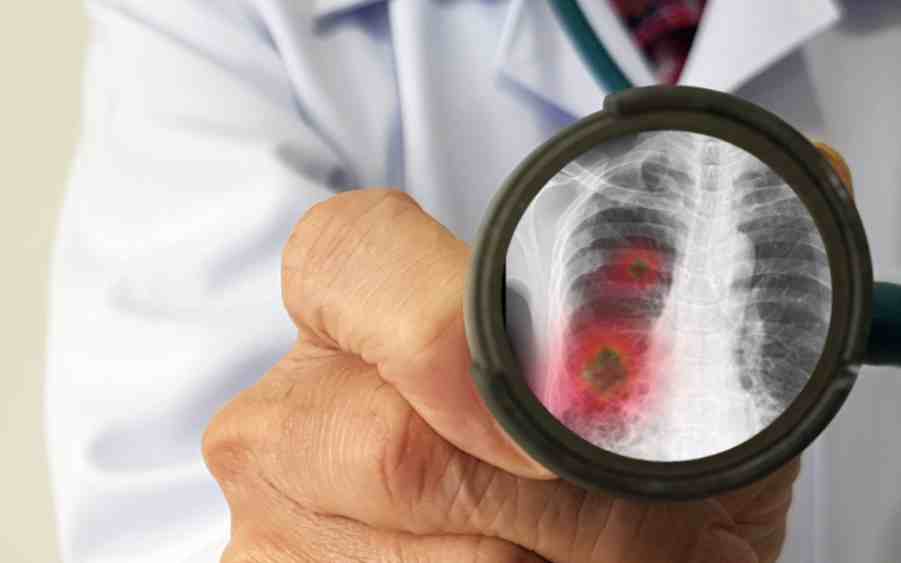
Pulmonary hypertension: what it is and how to treat it
Pulmonary arterial hypertension is a rare disease that occurs when blood pressure in the pulmonary arteries and the right side of the heart reaches excessively high levels
It can be primary, or a consequence or complication of certain congenital heart diseases.
Patients who suffer from this disease need to be treated by specialised doctors, regular follow-ups and appropriate medical therapy.
Pulmonary arterial hypertension: the causes
Pulmonary Arterial Hypertension (PAH) is a rare disease with an incidence of between 15 and 60 cases per million.
It is one of the potential complications or consequences of congenital heart disease, especially in those where there has been a shunt.
A shunt is the direct communication between the blood of the systemic circulation and that of the pulmonary circulation, which occurs in malformations such as interventricular defect, atrioventricular canal or ductus arteriosus.
When this defect is corrected late, or not corrected at all, or in all conditions where there has been an overflow, disease may also develop in the lungs.
Symptoms of pulmonary arterial hypertension
Patients suffering of:
- difficulty breathing;
- reduced exercise tolerance;
- asthenia;
- syncopes;
- cyanosis;
- heart failure (with congestion and swelling).
There are also cases of asymptomatic patients, because the body has adapted well, but they still need treatment.
Read Also:
Pulmonary Ventilation In Ambulances: Increasing Patient Stay Times, Essential Excellence Responses
Thrombosis: Pulmonary Hypertension And Thrombophilia Are Risk Factors


